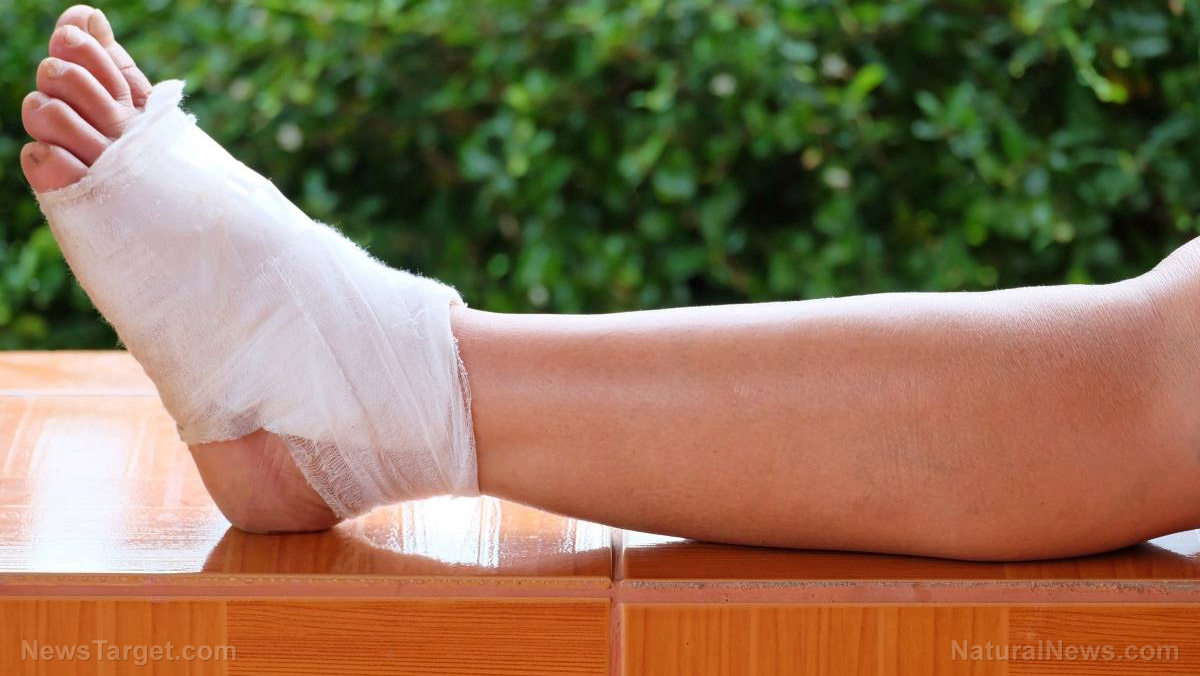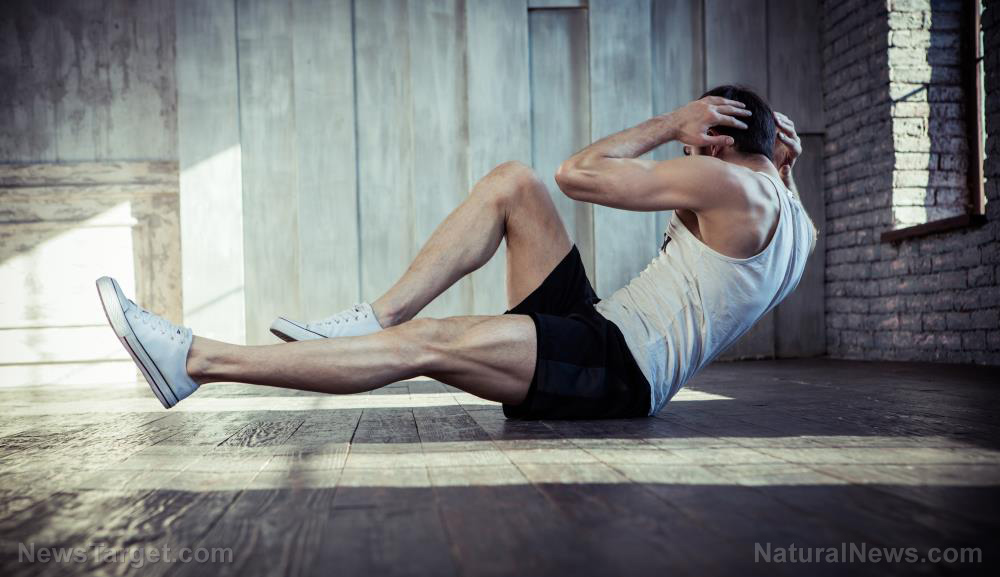7 Easy exercises and stretches to stop foot pain for good
08/14/2019 / By Melissa Smith

Do you feel an intense pain near your heel, that runs along the entire arch of your foot? Is it worse in the morning and gradually gets a little better throughout the day but never completely goes away? You may be experiencing plantar fasciitis.
What is plantar fasciitis?
Plantar fasciitis is a common orthopedic condition characterized by inflammation of your plantar fascia, or the thick band of tissue that runs across the bottom of your foot and connects your heel bone to your toes. Typically, your plantar fascia ligaments act as shock absorbers, supporting the arch of the foot. However, too much pressure on your feet can damage or tear the ligaments. As a result, the plantar fascia gets inflamed, and the inflammation causes heel pain and stiffness.
This condition is common among runners, people who are overweight, people who wear unsupportive shoes like flats or high heels, and those whose jobs require them to stand for long periods of time.
Exercises and stretches to treat plantar fasciitis
There are many things you can do to ease the pain from plantar fasciitis, such as:
- Arch massage – For people with desk jobs, arch massage is a simple exercise that can be done throughout the day. Using a tennis ball or small massage ball, roll out the sole of your foot on it. You can start seated, and when able, you can do this exercise while standing. When pain is acute, get a plastic water bottle, fill it with water, and freeze it. Use this instead of a ball to massage the sole of your foot to ease the pain and inflammation. (Related: 10 tried-and-tested ways to remedy plantar fasciitis.)
- Toe stretch – This improves flexibility in the plantar fascia. To do this, sit up straight in a chair and place one foot across your thigh. Pull your big toe up toward your ankle; you will feel a stretch along the sole of your foot. Hold it for 10 seconds and repeat five times. After that, pull all your toes up toward your ankle and hold for 10 seconds and repeat five times. Finally, massage the sole of your foot while holding the stretch.
- Towel stretch – First, get a towel, then sit on the floor or on a chair. Roll the towel and place it under the ball of your foot and hold both ends. Straighten your knee and gently pull the towel toward you. Hold it for 15 to 20 seconds and repeat three to five times.
- Calf stretch – Stand facing a wall with your hands on the wall at shoulder height. Step back with one leg. While keeping your back knee straight and heel on the floor, bend your front knee until you feel a stretch in the back leg. Hold it for 20 to 40 seconds and repeat two to four times. This stretches the gastrocnemius and Achilles tendon, which becomes tighter if you wear high heels. From there, bend the back of your knee slightly while keeping the heel on the floor to change the focus to the soleus muscle. You will feel this stretch lower in the calf near your ankle. Hold the position for 20 to 40 seconds and repeat two to four times.
- Plantar fascia and calf stretch – Stand with the balls of your feet on the edge of a step, then slowly let your heels down over the edge of the step and relax your calf muscles. You will feel a stretch throughout your calf and plantar fascia. Hold for 20 to 30 seconds, then engage your calf muscles to return to the start position. Do this two to four times.
- Towel scrunches – This strengthens the intrinsic muscles of your feet, which will eventually relieve burden and stress off the plantar fascia. To start, sit on a chair with a towel spread out on the floor under your feet. Then, use your toes to pull the towel toward you and push the towel away.
- Marble game – Like towel scrunches, this exercise is an intrinsic muscle builder. To do this, sit on a chair, then put a cup of marbles on a towel on the floor. Pick them one by one with your toes and place them back into the cup.
 | Discover how to prevent and reverse heart disease (and other cardio related events) with this free ebook: Written by popular Natural News writer Vicki Batt, this book includes everything you need to know about preventing heart disease, reversing hypertension, and nurturing your cardiac health without medication. Learn More. |
You don’t always have to take pain-relieving drugs every time you feel pain. Most of the time, a simple exercise will do. To learn more about other natural remedies for pain, visit Remedies.news.
Sources include:
Tagged Under: alternative medicine, exercise, foot exercises, foot pain, foot stretches, foot stretching, inflammation, natural cures, natural medicine, pain relief, plantar fascia, plantar fasciitis, remedies
RECENT NEWS & ARTICLES
COPYRIGHT © 2017 SLENDER NEWS



















